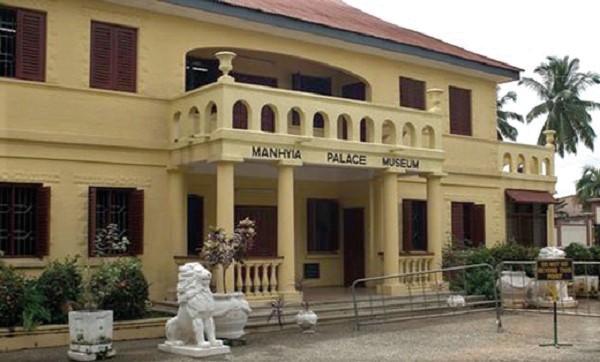
How Asantes sacrificed their independence for Ghana’s
The shift of Ghana's annual Independence celebration from the usual Independence Square in Accra to Kumasi is perhaps to reconnect and re-enact the role played by the Asante people in the struggle ahead of Independence on March 6, 1957.
Key among some of the known personalities who either directly or indirectly aided Ghana's first president, Dr Kwame Nkrumah, in achieving that feat were the then Asantehene, Osei Agyeman Prempeh ll, Dr. K.A. Busia, Dr. E.O. Asafo Adjaye, Mr Victor Owusu, Mr Joe Appiah, Mr R. R. Amponsah, Mr Krobo Eddusei, Baafour Osei Akoto (a founding member of the United Party) and Mr R. O. Amoako Atta, all of whom either served in United Gold Coast Convention (UGCC) or the Convention People’s Party (CPP) or both, in the struggle for independence.
Advertisement
History
Recounting the history to Daily Graphic, a researcher for Manhyia in the areas of language history, culture and tradition, Mr Osei Bonsu Safo-Kantanka, said with the exception of the Anlo and Wala people, all other groups in Ghana today have at one time or the other been part of the Ashanti Kingdom.
"It will, therefore, be very difficult to credit or even discredit any gains of Ghana's independence to the people now called the Asante," he said.
Asante before Ghana's independence in 1957 had been reduced to just the areas of Ghana called the Ashanti, Ahafo, Brong and Brong East regions.
Their role dates back to Asante's struggles and wars with Ghana's colonial masters, the British.
Wars
lt is believed that the many Anlo-Asanti wars made the British and their European allies unwilling to continue to stay in comfort in the Gold Coast, now Ghana.
While a greater part of Southern Ghana had fallen into the hands of the British as a colony before 1831, Central Asante with her capital, Kumasi, was the last to fall into their hands in 1902.
Though Asante was a separate nation from the British colony of the Gold Coast, at the beginning of the struggle for independence from Britain in the 1940s, Asante agreed to sacrifice her own independence so as to enable her to join the then Gold Coast in her struggle against the British.
Quote
In his book: "Struggle against doctorship: Autobiography of Baafour Osei Akoto (pages 28 and 30), it is stated that prior to that, the Ashantis had sought a 'loose form of association' with the rest of the country based on federation.
"After this historic meeting, the Joint Provincial Council of Chiefs, the Asante Confederacy and the Municipalities submitted a joint proposal to the governor, Alan Burns, for Independence for the Gold Coast," the book said.




